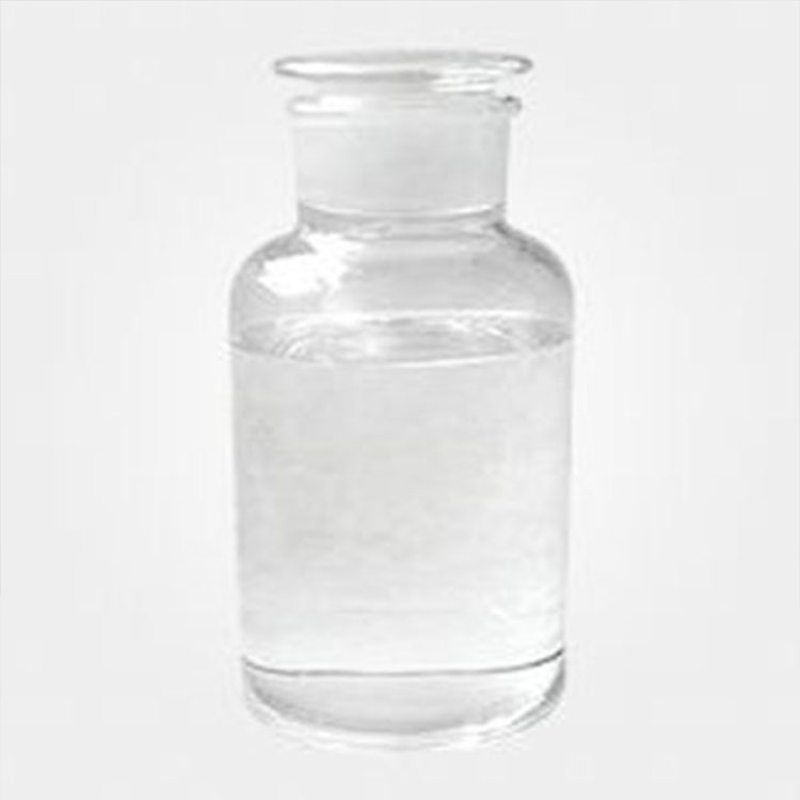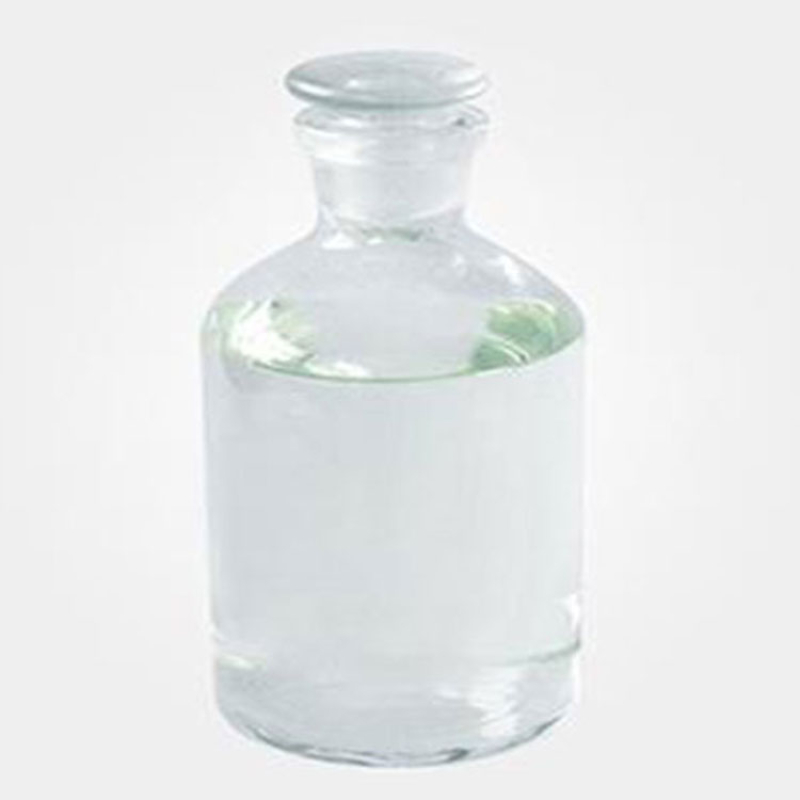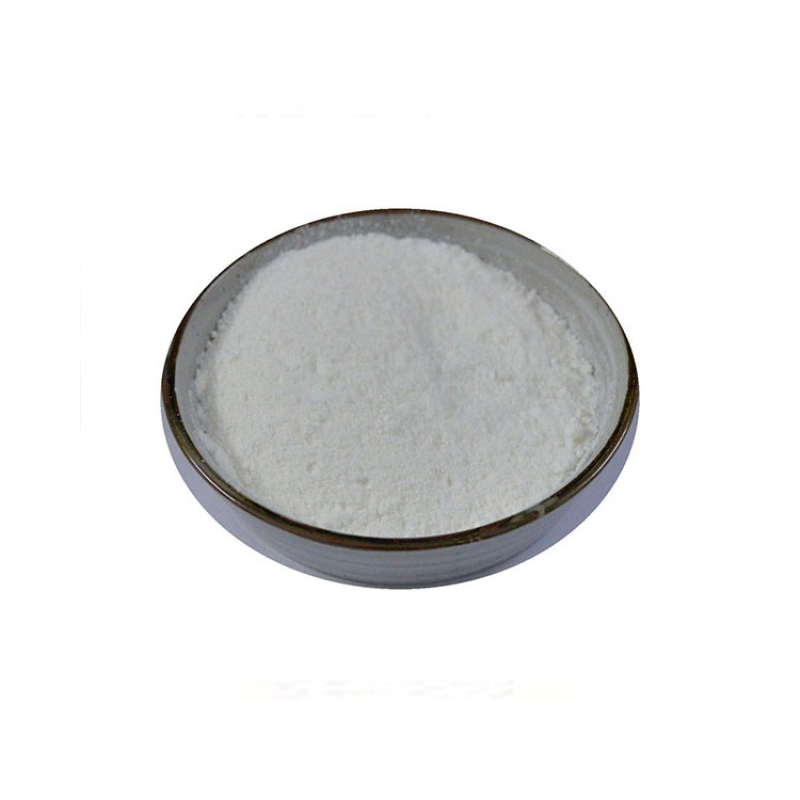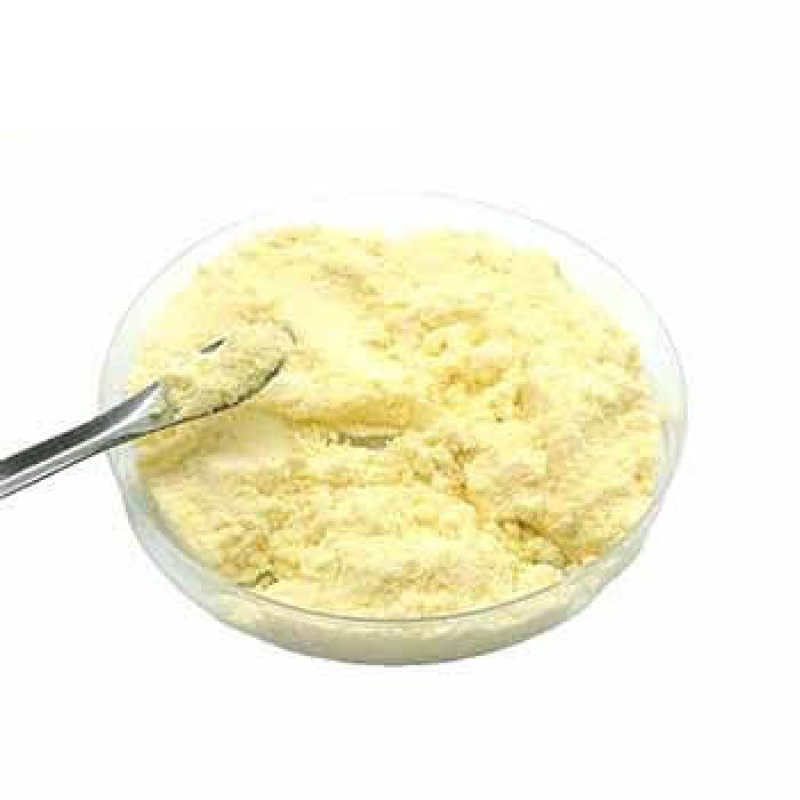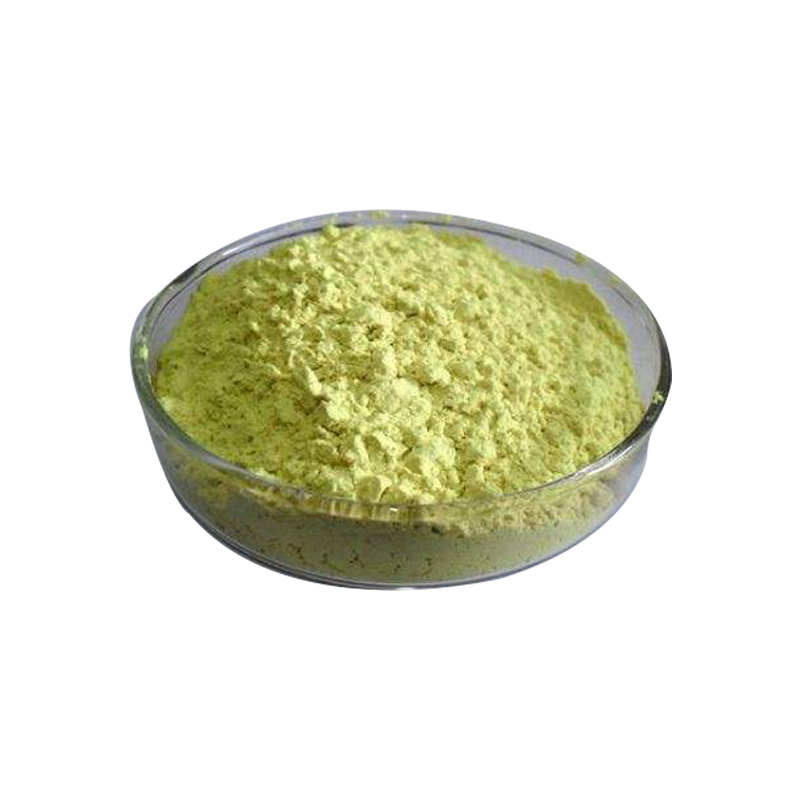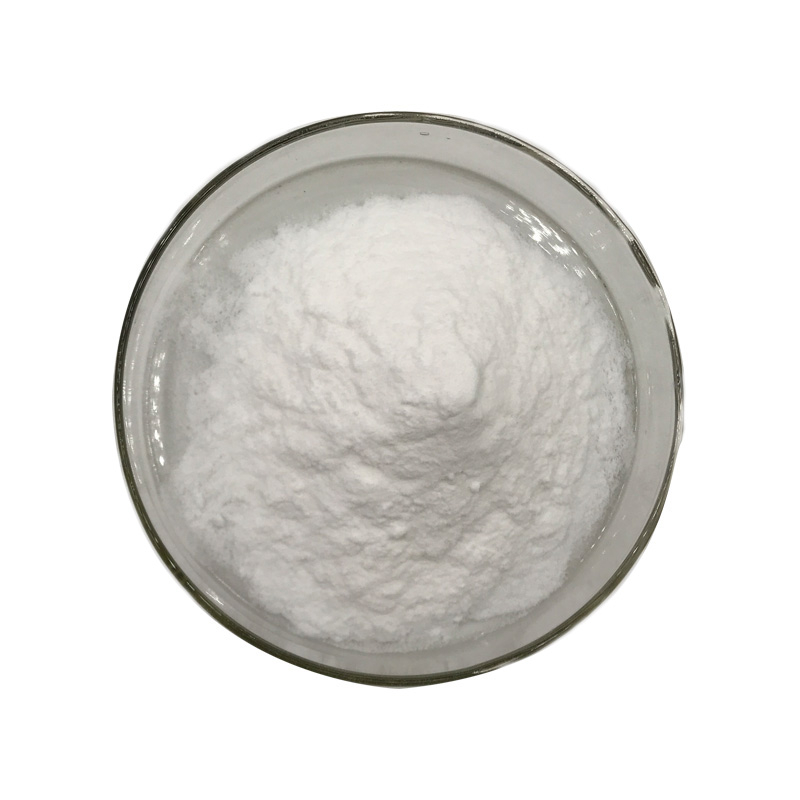Orthophosphoric Acid CAS#7664-38-2Phosphoric Acid, with the chemical formula H₃PO₄ and CAS number 7664-38-2, is a versatile inorganic acid that plays a crucial role in a multitude of industries.
Contact Now
H3PO4 CAS#7664-38-2Welcome to our detailed product page for Phosphoric Acid, also known as Orthophosphoric Acid, with the chemical formula H3PO4 and registration number CAS#7664-38-2. This industrial grade acid is the cornerstone of various industries, providing a range of applications from agriculture to food processing.
Contact Now
Products Description of Phosphoric acidCAS#7664-38-2Phosphoric acid is also called orthophosphoric acid (molecular formula H3PO4). The pure product is a colorless, transparent, viscous liquid or orthorhombic crystal, odorless and very sour. 85% phosphoric acid is a colorless, transparent or slightly light-colored, viscous liquid. Melting point 42.35℃, specific gravity 1.70, high boiling point acid, miscible with water in any ratio, boiling point 213℃ (lose 1/2 water), then pyrophosphoric acid is generated. When heated to 300℃, it becomes metaphosphoric acid. Relative density 181.834.
Contact Now
Phosphoric Acid (Industrial Grade) - CAS#7664-38-2Product OverviewOur industrial-grade Phosphoric Acid, also known as orthophosphoric acid (CAS#7664-38-2), is a high-quality, versatile chemical used across a range of industries. This product is factory-direct, ensuring competitive pricing and reliable supply for global customers.
Contact Now
85%phosphoric acid CAS#7664-38-2Product Overview:Our 85% Phosphoric Acid, identified by the CAS#7664-38-2, is a highly concentrated form of orthophosphoric acid (H₃PO₄), a tribasic acid with a wide range of industrial and food-grade applications. This product is recognized for its purity, effectiveness, and the ability to meet the specific requirements of various industries.Industrial Applications:Phosphoric Acid (Industrial Grade) is a cornerstone in the chemical industry, used in the production of fertilizers, detergents, and various types of chemicals.
Contact Now
Products Description of Oxalic Acid CAS#144-62-7Oxalic acid is an organic substance with the chemical formula H₂C₂O₄. It is a metabolite of organisms, a medium-strong acid, widely distributed in plants, animals and fungi, and plays different functions in different organisms. Studies have found that more than 100 plants are rich in oxalic acid, especially spinach, amaranth, beet, purslane, taro, sweet potato and rhubarb.
Contact Now
Products Description of Kojic acid CAS#501-30-4Kojic acid, also known as kojic acid and kojic acid, is an organic acid with antibacterial effect produced by aerobic fermentation of glucose by Aspergillus candida at 30-32°C. Its molecular structure is a γ-pyrone with a substituent. Among the γ-pyrone compounds existing in nature, the only famous compounds are kojic acid and maltol. In 1907, Saito separated kojic acid crystals from rice koji. It was named by Yabuta in 1912 and its structure was determined in 1924.
Contact Now
Products Description of 2,5-Furandicarboxylic acid CAS#3238-40-22,5-Furandicarboxylic acid is a derivative of furan. This organic compound was first obtained by Fittig and Heinzelmann in 1876. 2,5-Furandicarboxylic acid is a chemical intermediate with strong sensitivity and good stability. It is soluble in water under alkaline conditions and is a white powdery solid under acidic conditions. It is an important monomer for the preparation of corrosion-resistant plastics.
Contact Now
Products Description of Alginic acid CAS#9005-32-7Alginic acid is a viscous organic acid, also known as alginic acid and alginic acid. The product is white to light yellow-brown powder. The average molecular weight is about 240,000. Melting point>300℃. It is slightly soluble in hot water, and the viscosity of its aqueous solution is 4 times higher than that of starch. It is insoluble in cold water and organic solvents, and slowly dissolves in alkaline solutions.
Contact Now
Products Description of OXALIC ACID CAS#68603-87-2Oxalic acid standard solution is mostly used for quantitative detection of oxalic acid content in food and medicine. For example, oxalic acid standard solution can be used to determine the oxalic acid content in edible mushroom broth.
Contact Now
Products Description of Citric acid CAS#77-92-9Citric acid is a white, crystalline, weak organic acid present in most plants and many animals as an intermediate in cellular respiration. Citric acid contains three carboxyl groups making it a carboxylic, more specifically a tricarboxylic, acid.the name citrus originates from the Greek kedromelon meaning apple of melon for the fruit citron. Greek works mention kitron, kitrion, or kitreos for citron fruit, which is an oblong fruit several inches long from the scrublike tree Citrus medica.
Contact Now
Products Description of Gadoteric acid CAS#72573-82-1White powderGadoteric acid Chemical PropertiesMelting point >300°Cstorage temp. Refrigeratorsolubility Water (Slightly)form Solidcolor White to Off-White Factory and Equipment ShowFast delivery timeInventory 2-3 working days New production 7-10 working days
Contact Now
Products Description of Octanoic acid CAS#124-07-2Caprylic acid is a medium-chain fatty acid. It has 8 carbons in its chain, so it is also called n-caprylic acid. Caprylic acid is considered an essential fatty acid, which is necessary for the proper functioning of the human body.
Contact Now
Products Description of Pyridine-2,6-dicarboxylic acid CAS#499-83-2Pyridine-2,6-dicarboxylic acid is an important pharmaceutical synthesis intermediate with a wide range of uses. Pyridine-2,6-dicarboxylic acid exists naturally in bacterial spores, but the content is low, which cannot meet the demand, and it is not easy to extract. It is not conducive to industrial production and application.
Contact Now
Products Description of Madecassic acid CAS#18449-41-7Madecassoside (MC) is the main active ingredient of triterpenoid saponins in Centella asiatica Urb., a plant of the Umbelliferae family. Studies have shown that MC has a wide range of pharmacological activities in vivo and in vitro, and can reduce collagen-induced arthritis inflammation, promote the proliferation of human fibroblasts cultured in vitro, treat or prevent hypertrophic scars and keloids, and protect myocardial ischemia-reperfusion injury.
Contact Now
Products Description of Sulfamic acid CAS#5329-14-6Aminosulfonic acid is a colorless, odorless and non-toxic solid strong acid. Its aqueous solution has the same strong acid properties as hydrochloric acid, sulfuric acid, etc., but its corrosiveness to metals is much lower than that of hydrochloric acid, etc. It is extremely toxic to the human body, but it cannot be in contact with the skin for a long time, let alone enter the eyes.Due to its strong acid properties, it is also called solid sulfuric acid.
Contact Now
Products Description of Dehydroacetic acid CAS#520-45-6DHA is widely found in many deep-sea fish oils, as well as in marine algae and some terrestrial plants. DHA is an ω-3 type unsaturated fatty acid and an essential fatty acid for the body. mp44℃. It is very unstable to light, oxygen and heat, and is easily oxidized and cracked, so antioxidants should usually be added.
Contact Now
Products Description of Thiosalicylic acid CAS#147-93-3Thiosalicylic acid, o-mercaptobenzoic acid, white triclinic crystals or white solids. Soluble in ethanol and glacial acetic acid, slightly soluble in water. Used in the preparation of thioindigo dyes, and also used as a reagent for iron analysis.
Contact Now
Products Description of Oleic acid CAS#112-80-1Insoluble in water, soluble in benzene, chloroform, miscible with methanol, ethanol, ether and carbon tetrachloride. Because it contains double bonds, it is easily oxidized by air, producing an unpleasant odor and turning yellow. When treated with nitrogen oxides, nitric acid, mercurous nitrate and sulfurous acid, it can be converted into oleic acid. When hydrogenated, it becomes stearic acid. The double bonds can easily react with halogens to form halogenated stearic acid.
Contact Now
Products Description of Tannic acid CAS#1401-55-4Tannic acid, also known as tannic acid, is an organic compound with a chemical formula of C76H52O46. It is a yellow or brownish yellow powder. Its aqueous solution turns blue-black when it meets an iron salt solution. Adding sodium sulfite can delay the discoloration.In industry, tannic acid is widely used in tanning leather and making blue ink. Tannic acid can coagulate protein. People use tannic acid to chemically treat raw pig skin and raw cow skin, which can coagulate the soluble protein in the raw skin.
Contact Now
Products Description of Isonicotinic acid CAS#55-22-1Isonicotinic acid is also known as pyridine-4-carboxylic acid. White needle-shaped crystals. Odorless, can sublime. Molecular weight 123.11. Melting point 319℃. Slightly soluble in cold water, soluble in hot water, insoluble in alcohol, benzene, ether. It is an amphoteric compound, soluble in both acid and alkali. Soluble in hot water and ethanol, slightly soluble in cold water and ether.
Contact Now
Products Description of Metatitanic acid CAS#12026-28-7Titanic acid is an intermediate product of the sulfuric acid method for producing titanium dioxide.
Contact Now
Products Description of Clavulanic acid CAS#58001-44-8Clavulanate Potassium, trade name potassium clavulanate, is an oxopenicillin β-lactamase inhibitor, which is a β-lactam ring and a hydrogenated isoxazole ring.
Contact Now
Products Description of Benzenesulfinic Acid Sodium Salt CAS#873-55-2Benzenesulfinic Acid Sodium Salt is white crystal or white powder with a melting point of 300°C. It is stable at room temperature and pressure and avoids contact with oxides.
Contact Now


